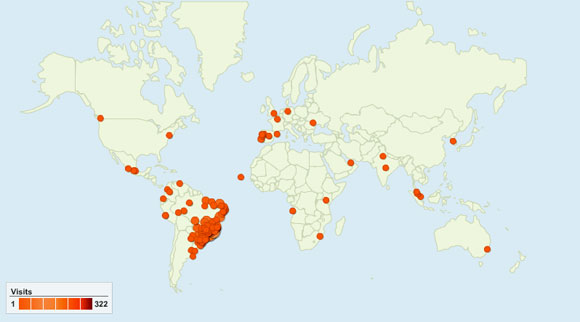Impacts of some divalent cations on periplasmic nitrate reductase and dehydrogenase enzymes of Escherichia, Pseudomonas and Acinetobacter species
Keywords:
Periplasmic nitrate reductase, Dehydrogenase, Escherichia sp., Pseudomonas sp., Acinetobacter sp., IC50, Hg2 , Cd2 and Zn2
Abstract
The impacts of Hg2+, Cd2+ and Zn2+ on the activities of periplasmic nitrate reductase (NAP) and dehydrogenase (DHA) enzymes of three organisms isolated from soil and sediment-water interface were analysed in liquid culture studies. NAP and DHA activities were estimated from nitrite and triphenyl formazan were produced respectively after 4h incubation at 28 ± 2oC. Hg2+ completely inhibited NAP activity in Escherichia and Pseudomonas spp at all the concentrations (0.2 – 1mM) while progressive inhibitions of NAP activity were observed in Escherichia and Pseudomonas spp with increasing concentrations of Zn2+ and Cd2+. Both metals were stimulatory to NAP of Acinetobacter sp at 0.2 – 1mM. Apart from stimulation of DHA activity by Zn2+ (0.2 – 1mM) in Escherichia sp, Cd2+ (0.4 -1.0mM) in Acinetobacter sp and (1.0mM) in Pseudomonas sp, all the metals progressively inhibited DHA activities in the three organisms. In Escherichia sp, the activities of the two enzymes were negatively correlated on exposure to Zn2+ (r = -0.91) and positively correlated (r = >0.90) on exposure to Cd2+ and Hg2+. Based on IC50 values of the metals for the DHA and NAP enzymes, the most resistant of the three organisms were Escherichia sp and Acinetobacter sp respectively. Quantitatively, NAP with its lower IC50 values than DHA was a more sensitive toxicity measure for Hg2+ in all the organisms. The sensitivity of microbial metabolic enzymes to the toxic effects of metals varies with the type of enzyme, metal and the microorganism involved.
Published
21/08/2008
Issue
Section
Papers
Authors maintain the copyrights for their work. However, they grant rights of first publication to Ambiente e Agua - An Interdisciplinary Journal of Applied Science. In compensation, the journal can transfer the copyrights, allowing non-commercial use of the article including the right of sending the article to other data bases or publication media. The journal uses the CC BY 4.0 license"






